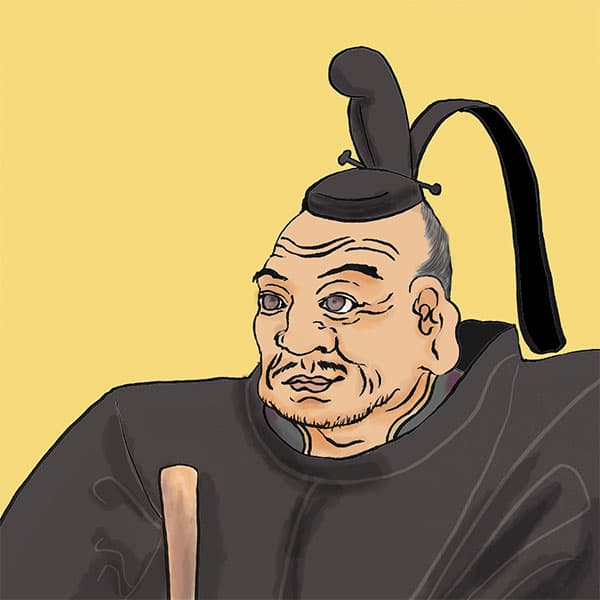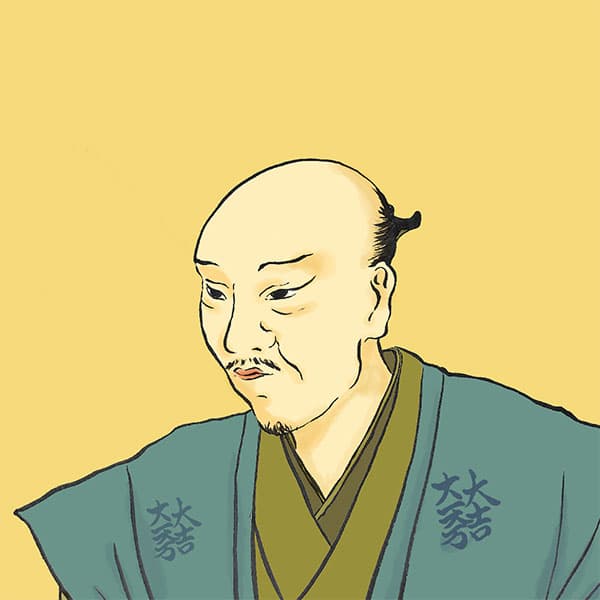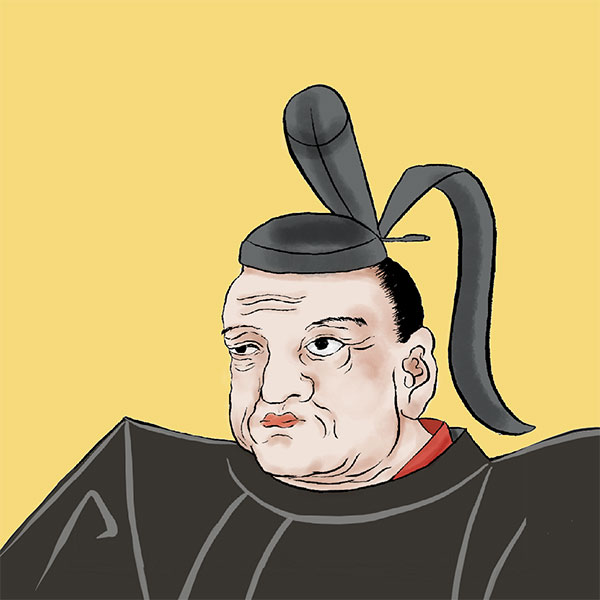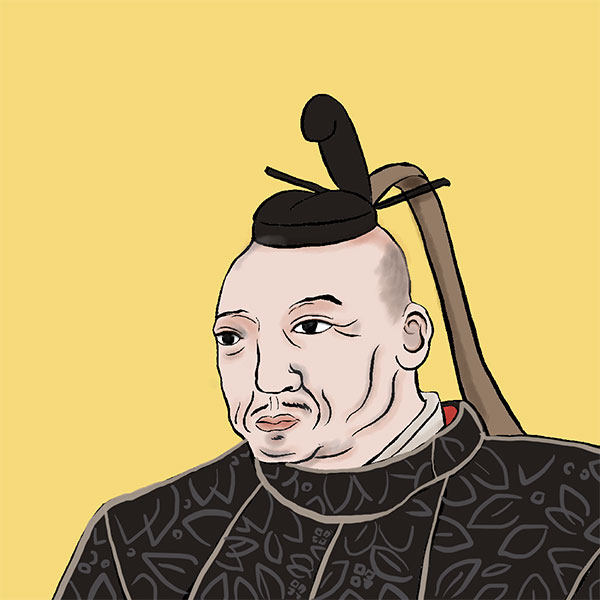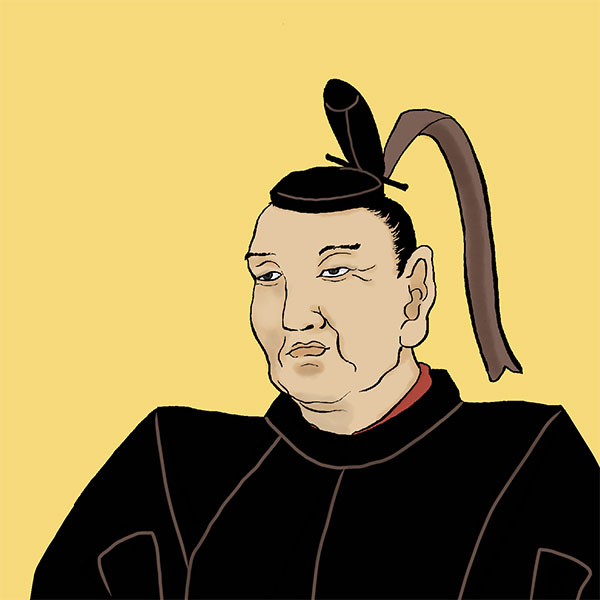Odawara conquest (1/2)Hideyoshi unifies the country! The last war that defeated the Hojo family
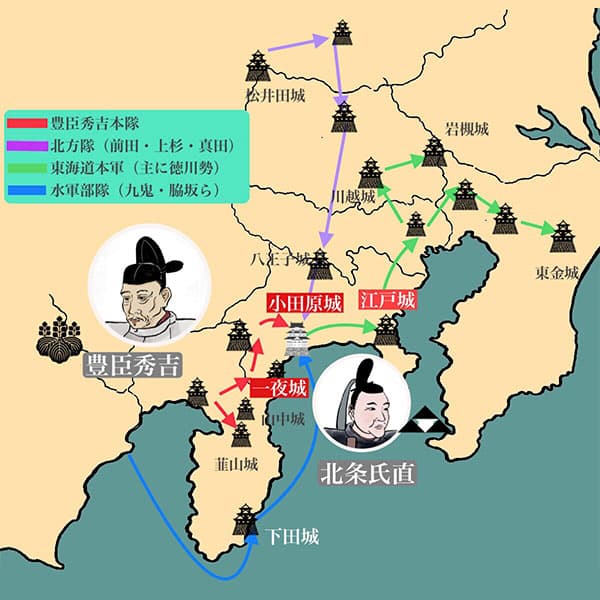
Odawara conquest
- Article category
- case file
- Incident name
- Conquest of Odawara (1590)
- place
- Kanagawa Prefecture
- Related castles, temples and shrines

Odawara Castle

Oshijo

Setagaya Castle

Hachioji Castle

Takiyama Castle
- people involved
In 1590, Toyotomi Hideyoshi fought against the Hojo family led by Ujimasa Hojo and his son Ujinao in a series of battles known as the Odawara Conquest. The Hojo family, which had resisted Hideyoshi's rule until the end, was defeated in the battle and destroyed, and Hideyoshi unified the country. Furthermore, Tokugawa Ieyasu would rule the Kanto region and lay the foundation for the future Edo shogunate. This time, we will explain the Odawara Conquest, the last war before the unification of Japan.
Hideyoshi is one step closer to unifying Japan after completing the Kyushu conquest.
After Oda Nobunaga was defeated by Akechi Mitsuhide at Honnoji Temple in June 1582, Toyotomi Hideyoshi gradually gained power as Nobunaga's successor. After the Battle of Komaki and Nagakute in 1584, he made his biggest rival, Tokugawa Ieyasu, a vassal, and in 1585 he defeated Motochika Chosokabe and conquered Shikoku. In 1587, they subjugated the Shimazu clan and pacified Kyushu. By the time the country was unified, the only remaining enemies were the Hojo family in Kanto and the Date family in Oshu. Hideyoshi will do everything in his power to make the two families serve as vassals.
On the other hand, the Hojo family is a major power that rules the Kanto region. Although Ujinao Hojo became the head of the family in 1580, the previous head of the family, Ujimasa Hojo, still had a strong influence and seems to have been in charge of foreign affairs. The Date family had been in an alliance with the Date family since the time of Date Masamune's father, Date Masamune.
In the Kanto region, there were forces that opposed the Hojo family, including the Satake family of Hitachi Province (Ibaraki Prefecture). Furthermore, Kagekatsu Uesugi of Echigo Province (Niigata Prefecture) and Tokugawa Ieyasu of Mikawa, Totomi, Suruga, and Kai Provinces (Tokaido and Koshin regions) were vassals of Hideyoshi.
You might think that the Hojo family was surrounded by enemies, but since they had an alliance with the Tokugawa family, this cannot be said to be true. This alliance was formed in the wake of the ``Tensho Migo Rebellion'' that occurred in 1582, during which the Tokugawa, Uesugi, and Hojo clans fought over the former Takeda territory. Ieyasu married his second daughter, Tokuhime, to Ujinao Hojo as his legal wife. For this reason, Hideyoshi could not inadvertently interfere with the Hojo family.
Hideyoshi and the Hojo family's "Battle of Negotiations in Kyoto"
After Kyushu, Toyotomi Hideyoshi plans to make the Hojo family his vassals and take control of the Kanto region. In April 1588, he invited Emperor Goyozei to his residence, Jurakudai, and asked Ujimasa Hojo and Ujinao, their parents and children, to participate in the Emperor's visit. However, the Hojo family rejected this. Although other feudal lords sent their own envoys, they did not even send one, and in Kyoto there began to be calls for the overthrow of Hojo.
The person who moved here was Tokugawa Ieyasu, who had ties to the Hojo family. He urged the Hojo family to move to Kyoto, and in May he sent a letter of invitation to the Hojo family. As for the content
- He does not speak falsely to Hideyoshi about Hojo Ujimasa and Ujinao, and does not desire any of the Hojo family's territory.
- Have one of Ujimasa's brothers come to Kyoto within this month
- If he refuses to serve the Toyotomi family, he should return (= divorce) the governor princess who married Ujinao.
something like. Following this persuasion, the Hojo family sent Ujimasa's younger brother Ujinoki Hojo to Kyoto in August, and promised that Ujimasa Hojo would also come to Kyoto in December. In exchange, Ujiki appeals to Hideyoshi to resolve the issue of Numata (Numata City, Gunma Prefecture) in Ueno Province, which was in dispute with the Sanada family. This issue of Numata territory led to the destruction of the Hojo family.
Hojo VS Sanada! The troubled “Numata territory issue”
The Numata territory was a strategic point for transportation, with roads leading to Musashi, Shinano, Echigo, Kai, and Aizu converging, and was the most important militarily important spot in northern Kanto. Initially, it was ruled by the Sanada family, but with the fall of the Takeda family, Kazumasu Takigawa of the Oda family came to rule. After Oda Nobunaga was defeated in the Honnoji Incident in 1582, the Tensho Migo War occurred, in which former Takeda vassals such as the Tokugawa, Uesugi, and Hojo families and the Sanada family fought over the former Takeda territory. occurrence. At that time, Masayuki Sanada regained Numata territory and switched sides from Uesugi to Hojo to the Tokugawa family in order to continue holding it.
Masayuki thought he could continue to rule Numata territory by serving the Tokugawa family, but when the war was reconciled, he ended up transferring Numata territory to the Hojo family. Angered by this, Masayuki broke away from the Tokugawa family, became subordinate to the Uesugi family, and refused to hand over the Numata territory. Even when the Hojo and Tokugawa forces attacked, they successfully defended their Numata territory. The Hojo family, who were having difficulty acquiring Numata territory, decided to approach Toyotomi Hideyoshi to obtain Numata territory.
In the end, Hojo Ujimasa's visit to Kyoto in December was not successful, but in February of the following year, Tensho 17 (1589), Itabe Okae Setsusai, a vassal of the Hojo family, went to Kyoto and tried to regain control of Numata territory. I will work with you. Although Hideyoshi felt angry that his promise to come to Kyoto had been broken, he decided to cede the Numata territory to the advantage of the Hojo family. This ruling, known as the ``Numata Arbitration'', states that 20,000 koku of the 30,000 koku of Numata territory will be handed over to the Hojo family, and the remaining 10,000 koku will be kept by the Sanada family. He also did not forget to follow up with the Sanada family and instructed them to give the Tokugawa family 20,000 koku of replacement land. The Sanada family accepted this, and the Hojo family safely obtained 20,000 koku of Numata territory.
Since Hideyoshi had done everything he could, it would make sense for Ujimasa to come to Kyoto. However, Ujinao Hojo further expands upon this by saying, ``Ujimasa will go to Kyoto in early December.'' Hideyoshi, who had lost his patience, decided to subjugate the Hojo family. You will be on the lookout for opportunities.
Why did Ujimasa continue to postpone moving to Kyoto? Perhaps the pride of the prestigious Hojo family led them to refuse to serve Hideyoshi, who was only a peasant, or perhaps they had absolute confidence in the defense of Odawara Castle and looked down on Hideyoshi. Did he think that he could stand against Hideyoshi because he had an alliance with the Tokugawa family and the Date family? There are several theories, but the reason is not clear.
The ``Mei Kurumi Castle Incident'' triggered the Odawara Conquest.
Just when you thought the Numata territory issue had settled down with Toyotomi Hideyoshi's ruling, a major incident occurred in October. Kuninori Inomata, the lord of Numata Castle and from the Hojo side, captured the famous Kurumi Castle in Sanada territory. In addition to the theory that this ``Mei Kurumi Castle Incident'' was the work of the Hojo family, there is also the theory that the Sanada family provoked the Hojo army to attack in order to legally obtain Numata Castle. There is also a theory that he devised a strategy to gain a share.
This incident provided a good opportunity for Toyotomi Hideyoshi to attack the Hojo family. After Hideyoshi took office as Kanpaku, he issued the ``Sōhaku Rei,'' which prohibited feudal lords from fighting each other in Kyushu, and Hideyoshi was responsible for adjudicating territorial disputes.
Utilizing the authority of the Kanpaku, in 1585, the Sou no Edict was issued in the name of the Emperor, and by 1587 it had also covered the Kanto and Tohoku regions. . Breaking the Sōkun edict means standing up to the Emperor! This gave Hideyoshi a great reason to attack Hojo. Furthermore, around the same time, Ujimasa's younger brother Ujikuni Hojo attacked Kunitsuna Utsunomiya in Shimotsuke Province (Tochigi Prefecture), which also became one of the reasons for the attack.
Hideyoshi denounced the Hojo family as an ``unforgivable act of betrayal'' for starting a war to overturn the Numata territory, even though they had previously handed over Numata territory in accordance with the wishes of Ujimasa Kyoto. He handed over Numata Castle, punished those involved, and demanded that Ujimasa return to Kyoto this time. However, Ujinao further postponed the period of his visit to Kyoto, claiming that ``the Mei Kurumi Castle Incident was the result of the lord of Mei Kurumi Castle defecting to the Hojo family.'' Sounds like a lot of excuses.
In response to this, Hideyoshi notified the lords of the Kanto region and Tokugawa Ieyasu that if Ujimasa did not come to Kyoto in November, he would subjugate the Hojo family next spring, and sent a letter declaring war to the Hojo family. Ieyasu gave up on the Hojo family, who did not listen to repeated attempts to mediate, and decided to join Hideyoshi. In December, he went to Kyoto and prepared to conquer Odawara with Hideyoshi, and the following January, he offered his third son Nagamaru (later Tokugawa Hidetada, the second shogun of the Edo shogunate) to Hideyoshi as a hostage.
The Hojo family, on the other hand, was aware of Hideyoshi's movements and began preparing for a sustained war by repairing and expanding Odawara Castle and solidifying its defenses. They also repaired Yamanaka Castle and Nirayama Castle in preparation for war.
Military commanders who participated in the Odawara conquest
During the Odawara Conquest, Toyotomi's army led a large army of approximately 210,000 soldiers and attacked Odawara Castle and branch castles on the Hojo side. In addition to the main force led by Toyotomi Hideyoshi, all-star famous military commanders are participating in the naval stage and northern troops. On the other hand, the Hojo army withdrew from 50,000 to 82,000 soldiers (there are various theories) to Odawara Castle.
- [Toyotomi Army] Approximately 210,000
- -Main forces: Hideyoshi Toyotomi, Hidetsugu Toyotomi, Ieyasu Tokugawa, Nagamasa Asano, Mitsunari Ishida, Hideie Ukita, Yoshitsugu Otani, Nobuo Oda, Ujisato Gamo, Kanbei Kuroda, Takakage Kobayakawa, Hiroie Yoshikawa, Muneshige Tachibana, Iemasa Hachisuka, Approximately 170,000 including Masanori Fukushima, Tadaoki Hosokawa, Hidemasa Hori, etc.
●Sailor: Motochika Chosokabe, Yoshitaka Kuki, Mori Navy, etc. approximately 10,000<
●Northern Unit: Approximately 35,000 including Kagekatsu Uesugi, Fusatsuna Sano, Masayuki Sanada, Toshiie Maeda, etc.
●Kanto forces: Yoshinobu Satake, Yoshishige, Kunitsuna Utsunomiya, etc. 18,000 - [Hojo Army] Approximately 50,000 to 82,000
- Ujimasa Hojo, Ujinao Hojo, Ujiteru Hojo, etc.
In addition, military commanders from branch castles such as Yamanaka Castle, Nirayama Castle, Shimoda Castle, and Oshi Castle
Surround the world's famous castle "Odawara Castle"!
In February 1590, the Odawara conquest finally began. One after another, military commanders set out for battle, and first, Toyotomi Hidetsugu, Tokugawa Ieyasu, and others attacked Yamanaka Castle in Hakone with a large army. The main force advanced, destroying other castles, and arrived at Odawara in early April. A large army of approximately 100,000 soldiers surrounded Odawara Castle from all sides, and military ships were deployed on the sea to create a naval blockade.
- people involved

- WriterNaoko Kurimoto(Writer)I am a former travel industry magazine reporter. I have loved history, both Japanese and world history, since I was a child. I usually enjoy visiting temples and shrines, especially shrines, and often do ``pilgrimages to sacred places'' themed around historical figures. My favorite military commander is Ishida Mitsunari, my favorite castle is Kumamoto Castle, and my favorite castle ruins is Hagi Castle. My heart flutters when I see the ruins of battle castles and the stone walls of castle ruins.







